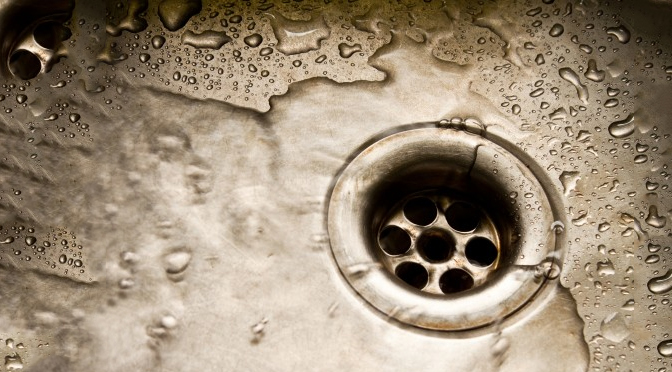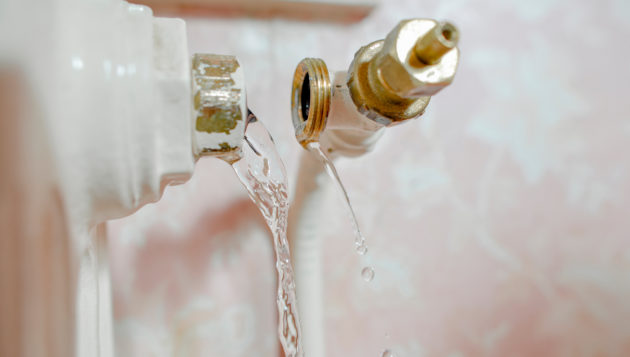Just about every person may have their unique opinion in relation to Prevent Freezing and Bursting Pipes.

All house owners who reside in pleasant environments should do their finest to winterize their pipelines. It is something you have to do during fall before deep winter months really begins. Failure to do so can mean catastrophe like frozen, split, or ruptured pipelines. Below are some useful winterizing hacks to maintain your plumbing system shielded even if the weather condition exterior is terrible.
Attempt a Hair Dryer or Heat Weapon
When your pipes are practically freezing, your dependable hair clothes dryer or warmth weapon is a blessing. Bowling hot air straight into them may help if the hot towels do not aid remove any kind of clearing up ice in your pipelines. Do not use other objects that generate direct fires like an impact lantern. This can cause a larger catastrophe that you can not regulate. You might wind up harmful your pipelines while trying to thaw the ice. And also in the long run, you might also wind up shedding your residence. So beware!
Open Up Cupboard Doors Hiding Plumbing
When it's cool outside, it would be practical to open up cabinet doors that are camouflaging your pipes. Doing this little method can maintain your pipes warm as well as restrict the possibly unsafe results of freezing temperature levels.
Require Time to Wrap Exposed Pipeline
One nifty and also simple hack to heat up freezing pipes is to cover them with cozy towels. You can cover them initially with towels. After protecting them in position, you can put boiling water on the towels. Do it slowly to allow the towels soak up the liquid. You can also use pre-soaked towels in hot water, just do not forget to put on protective gloves to protect your hands from the warmth.
Turn On the Faucets
When the temperature level declines and also it appears as if the freezing temperature will last, it will certainly aid to turn on your water both inside as well as outdoors. This will certainly maintain the water flowing with your plumbing systems. On top of that, the activity will certainly slow down the freezing procedure. Notably, there's no need to turn it on full blast. You'll end up wasting gallons of water this way. Instead, aim for concerning 5 drops per min.
When Pipes are Frozen, close Off Water
If you discover that your pipes are totally frozen or practically nearing that phase, transform off the major water valve quickly. You will typically locate this in your cellar or laundry room near the heating unit or the front wall closest to the street. Transform it off right away to prevent more damage.
With more water, more ice will certainly load up, which will ultimately lead to break pipes. If you are unclear about the state of your pipes this winter season, it is best to call a specialist plumber for an inspection.
All home owners that live in pleasant environments should do their finest to winterize their pipes. Failing to do so can mean calamity like frozen, broken, or burst pipelines. If the hot towels do not aid dislodge any kind of clearing up ice in your pipelines, bowling hot air directly right into them may aid. Turn off the main water shutoff quickly if you notice that your pipelines are completely icy or virtually nearing that phase. With more water, more ice will certainly load up, which will ultimately lead to burst pipelines.
PREVENT YOUR PIPES FROM FREEZING THIS WINTER
A Leading Cause of Property Damage
When the weather is taking a deep nose dive into the cold dreary days, the risk of your pipes freezing and potentially bursting skyrockets. Unfortunately, during these cold dreary months, burst pipes are the most common denominator for property damage. The pipes that are most at the risk are those that are in areas where it is most cold in your home. For instance, pipes located in interior places such as basements, attics, and your garage. Unfortunately, that doesn’t mean that the pipes running through your cabinets or exterior walls can’t freeze. Good news, however, is that you can do things to help prevent pipes from freezing.
How to Prevent Pipes From Freezing
Once the temperature starts to drop during the winter, you should be taking the proper measures needed to ensure that your pipes stay warm and that there is circulation of water through them. Some steps that experts may recommend could go against your better judgement when it comes to saving water and heat. However, it would go without saying that when expenses are compared, damaged pipes could put a bigger dent in your wallet than a water bill.
What Can I Do?
Keep your garage door closed. This is very important, especially if you have water supply lines running through your garage. Open your kitchen and bathroom cabinets to allow warm air to circulate through them. Allow air circulation throughout your home. Keeping the interior doors open will once again allow the warm air to circulate inside your home. Ensure your thermostat is running the same temperature throughout the night and day. If you plan to be away from home during the cold months, set your temperature no lower than 55° F. This should provide enough heat to keep the pipes warm and prevent any remaining water inside the pipes from freezing. For more of a long-term solution, add insulation to attics, basement, and other crawl spaces around your home. By allowing your faucet to drip, it will alleviate pressure in the system. This is important because the pressure that is created between the blockage and the faucet can potentially cause the pipes to burst. Allowing the faucet to drip will prevent the pressure from building up, therefore keeping the pipes from bursting. Seal any cracks, openings, and crawl spaces around your home to prevent cold air from coming inside. This keeps your pipes-not to mention your home-warmer and less susceptible to issues caused by freezing temperatures. For the pipes in your home that are easily accessible, applying electrical tape to them might prevent them from freezing over. This is a quick fix, as you can apply the tape directly to the pipe. There are two options for heating tapes. One turns on and off by itself when it senses heat is needed. The other type of heating tape needs to be applied when heat is needed and removed when not necessary. If you have exposed pipes in your home, you can check this website to take a look at a few options that would be available at a shop near you.

We were shown that write-up about How to Prevent Frozen Pipes through someone on our other web blog. Are you aware of another person who is truly interested in Prevent Freezing and Bursting Pipes? Do not hesitate to promote it. I recognize the value of reading our article about How to Prevent Frozen Pipes.
We're your solution!